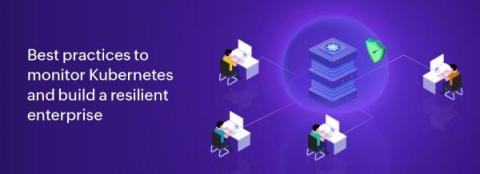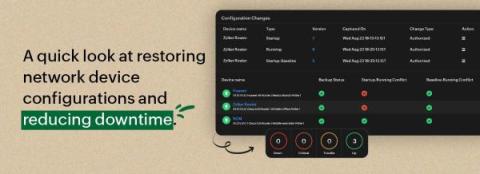Google's latest email policy and safer, more secure inboxes
Say that you're a bulk sender (in Google's terms, a user who sends more than 5,000 emails at once). You send a couple of emails and are baffled with alert messages that state your emails are unauthenticated; it can be shocking and annoying. In 2022, a staggering 333 billion emails were sent daily. According to data released by Google, unauthenticated messages received by Gmail users plummeted by 75%.














